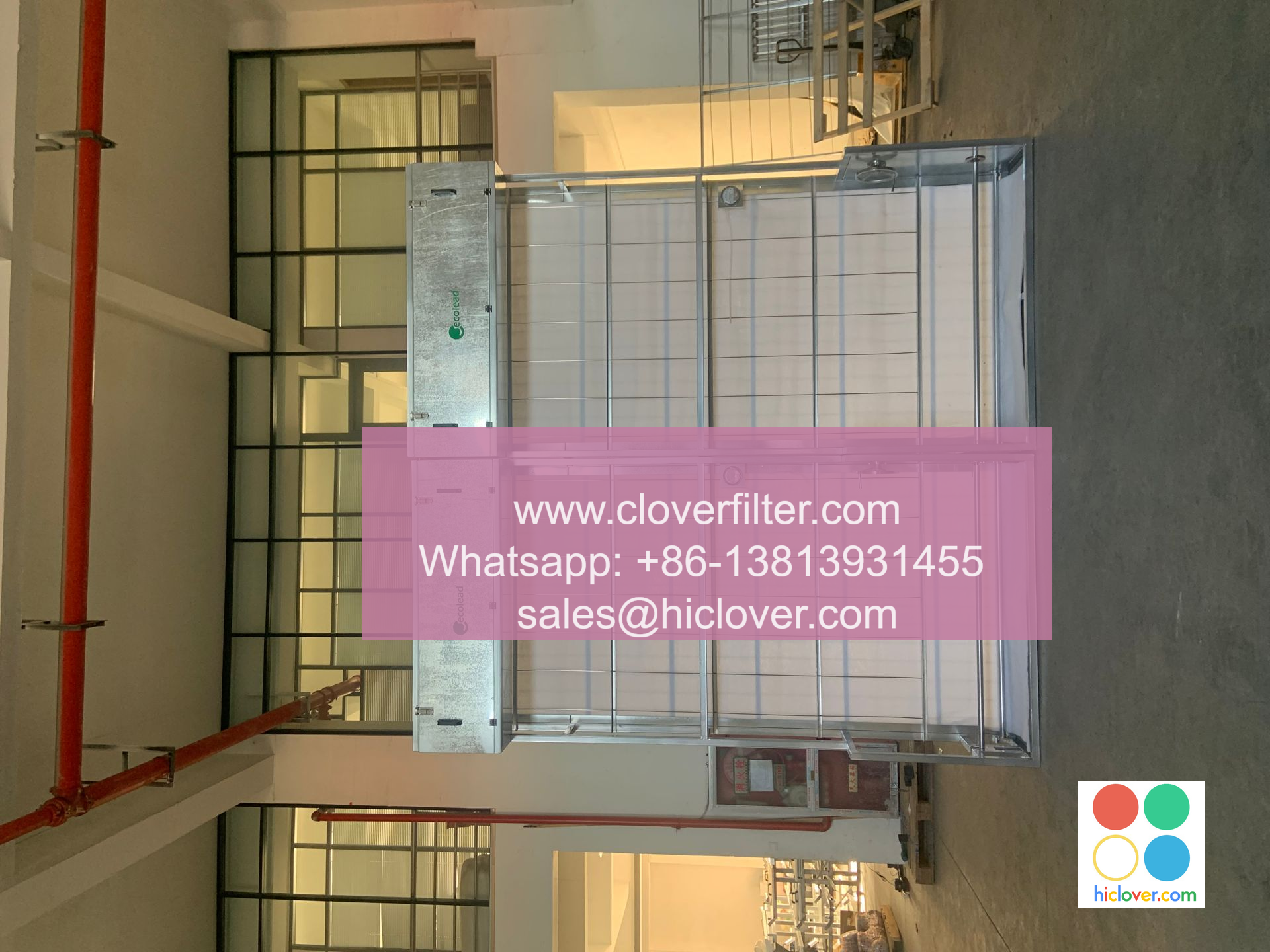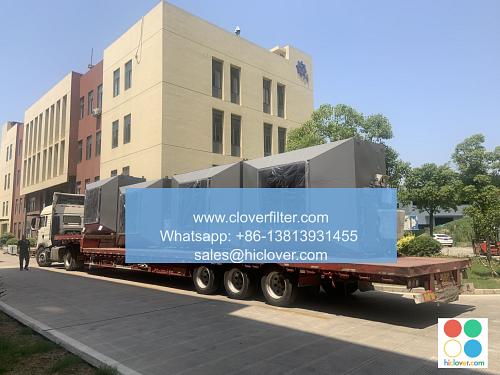DIY Air Filter Assembly for Your Home: A Step-by-Step Guide

As the world becomes increasingly aware of the importance of indoor air quality and air pollution control, many homeowners are turning to DIY solutions to improve the air they breathe. One effective way to achieve this is by assembling a DIY air filter for your home. In this article, we will provide a comprehensive guide on how to build a DIY air filter, highlighting various application areas and key benefits of this project.
Introduction to DIY Air Filter Assembly
A DIY air filter assembly is a cost-effective and environmentally friendly way to purify the air in your home. By using a combination of HEPA filters, activated carbon filters, and pre-filters, you can create a powerful air filtration system that captures 99.97% of particles as small as 0.3 microns. This includes dust, pollen, pet dander, mold spores, and other airborne pollutants that can exacerbate respiratory problems like asthma and allergies.
Materials Needed for DIY Air Filter Assembly
To assemble a DIY air filter, you will need the following materials:
* Air filter frame or a wooden box
* HEPA filter
* Activated carbon filter
* Pre-filter
* Fan or blower
* Ducting and connectors
* Screws and nails
* Sealant or caulk
Step-by-Step Guide to DIY Air Filter Assembly
Assembling a DIY air filter is a relatively simple process that can be completed in a few hours. Here’s a step-by-step guide to help you get started:
1. Prepare the air filter frame: Cut the wooden box or air filter frame to the desired size, making sure it is large enough to accommodate the HEPA filter, activated carbon filter, and pre-filter.
2. Install the pre-filter: Attach the pre-filter to the air filter frame, making sure it is secure and evenly spaced.
3. Install the HEPA filter: Place the HEPA filter inside the air filter frame, ensuring it is properly seated and secure.
4. Install the activated carbon filter: Place the activated carbon filter inside the air filter frame, behind the HEPA filter.
5. Install the fan or blower: Attach the fan or blower to the air filter frame, making sure it is secure and properly connected to the ducting and connectors.
6. Seal the air filter frame: Use sealant or caulk to seal any gaps or cracks in the air filter frame, ensuring a tight and air-tight seal.
Application Areas for DIY Air Filter Assembly
A DIY air filter assembly can be used in various application areas, including:
* Home air purification: Improve the indoor air quality in your home, reducing the risk of respiratory problems and allergies.
* Office air purification: Create a healthy and productive work environment by reducing air pollution and odors.
* Industrial air purification: Use DIY air filters to purify the air in industrial settings, such as workshops, garages, and factories.
Key Benefits of DIY Air Filter Assembly
Assembling a DIY air filter offers several key benefits, including:
* Cost-effectiveness: DIY air filters are a cost-effective alternative to commercial air purification systems.
* Environmentally friendly: DIY air filters use eco-friendly materials and reduce waste and energy consumption.
* Improved indoor air quality: DIY air filters can improve the indoor air quality in your home or office, reducing the risk of respiratory problems and allergies.
* Customization: DIY air filters can be customized to suit your specific needs and application areas.
In conclusion, assembling a DIY air filter is a simple and cost-effective way to improve the indoor air quality in your home or office. By following this step-by-step guide and highlighting various application areas and key benefits, you can create a powerful air filtration system that captures 99.97% of particles as small as 0.3 microns, reducing the risk of respiratory problems and allergies. Prompt

